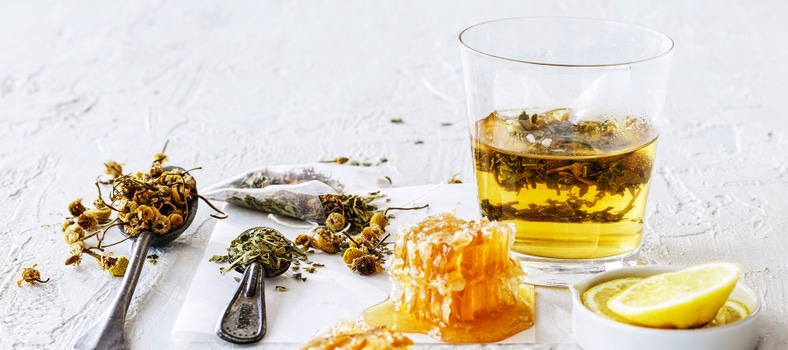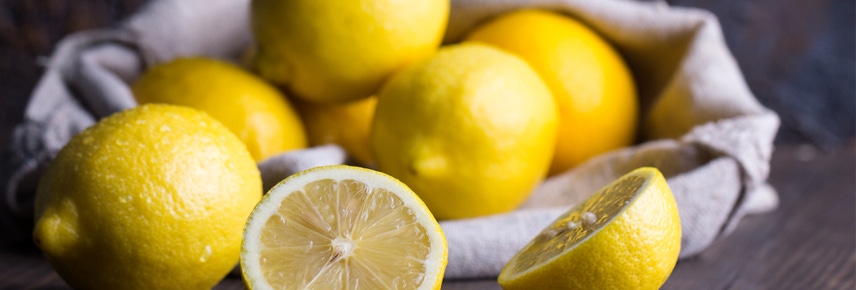
Food in focus: lemon myrtle
Lemon myrtle is an Australian native botanical that has been used in Indigenous food and medicine for thousands of years. Growing along the east coast of Australia, the plants are harvested for their lemon myrtle leaves which release a strong, fresh lemon scent when crushed.
More recently, lemon myrtle has had a resurgence of interest among high end chefs and product developers due to its distinct flavour, fragrance and powerful antibacterial properties.
This makes it a suitable ingredient for personal hygiene and cleaning products, including hand sanitiser. For more information about how to make your own hand sanitiser, check out the guidelines from the World Health Organization.
A cup of herbal tea is one of the easiest ways to consume a variety of antioxidants, and given lemon myrtle tea doesn’t have any caffeine, it’s the better option before bed.
Lemon myrtle is becoming increasingly easy to find as its popularity rises. It’s now available at some supermarkets, as well as gourmet and health food stores. It can also be found in various products from teas to hand sanitisers.
More recently, lemon myrtle has had a resurgence of interest among high end chefs and product developers due to its distinct flavour, fragrance and powerful antibacterial properties.
What can lemon myrtle be used for?
Lemon myrtle is incredibly versatile, its distinct flavour and fragrance make it suitable for a wide range of applications. The leaves can be used fresh, dried and extracted as an oil through distillation. Some of its uses include:
- An ingredient in sweet and savoury cooking
- As a herbal infusion for hot or iced tea
- As an essential oil in aromatherapy
- As an ingredient in household cleaning, cosmetic and personal care products
Functional benefits of lemon myrtle
Lemon myrtle has a very high level of citral, a potent antioxidant that has strong antibacterial and antifungal properties.This makes it a suitable ingredient for personal hygiene and cleaning products, including hand sanitiser. For more information about how to make your own hand sanitiser, check out the guidelines from the World Health Organization.
Health benefits of lemon myrtle
Lemon myrtle can be enjoyed as a refreshing and nutritious herbal tea. Lemon myrtle tea has more antioxidants than many other herbal teas. Antioxidants are important for our general health as they help protect our body’s cells from free radical damage that can cause aging and chronic diseases.A cup of herbal tea is one of the easiest ways to consume a variety of antioxidants, and given lemon myrtle tea doesn’t have any caffeine, it’s the better option before bed.
Lemon myrtle is becoming increasingly easy to find as its popularity rises. It’s now available at some supermarkets, as well as gourmet and health food stores. It can also be found in various products from teas to hand sanitisers.

The latest nutrition advice, plus health and wellness tips delivered to your inbox monthly
.png?width=856&height=290&format=png&quality=95)
